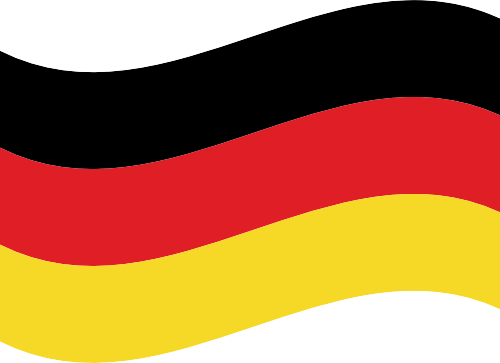- Alphadi Deutschland GmbH
- +49 561 949 189 0
- info@alphadi.org

Testing and measuring technology is used to check components in industry in order to ensure quality and thus reduce the number of rejects.
In this module, you will learn about the most important measuring methods and measuring equipment. In addition, you will learn about the path of test equipment from planning, recording, labeling, use, calibration, monitoring and traceability. This module also includes the general tolerancing principles for form and position tolerances and an overview of the statistical tolerancing of components.
Testing and measurement technology is an essential part of many industries and processes. It comprises various procedures and devices used to check and measure the physical properties, quality characteristics and performance parameters of products or materials.
The main objective is to ensure compliance with specifications, quality standards and regulatory requirements in order to guarantee product quality and optimize process performance. These techniques are used in areas such as manufacturing, the automotive industry, medical technology, electronics and environmental protection.
Test and measurement technology encompasses a variety of methods and devices, from mechanical measuring devices such as calipers and micrometers to electronic and optical measuring devices such as oscilloscopes, microscopes and spectrometers. It plays a crucial role in quality assurance by detecting and correcting deviations at an early stage, which helps to improve product quality and reduce rejects and rework.
The continuous development of new technologies such as 3D printing, artificial intelligence and IoT is leading to innovative approaches and methods in testing and measurement technology that can enable even more accurate and efficient inspection and measurement.

With more than 4,000 projects and case studies, Alphadi is a leader in the field of Lean Six Sigma and Sales Process Engineering. We advise you holistically so that your goals are achieved sustainably and in the long term.
2025 © All Rights Reserved.